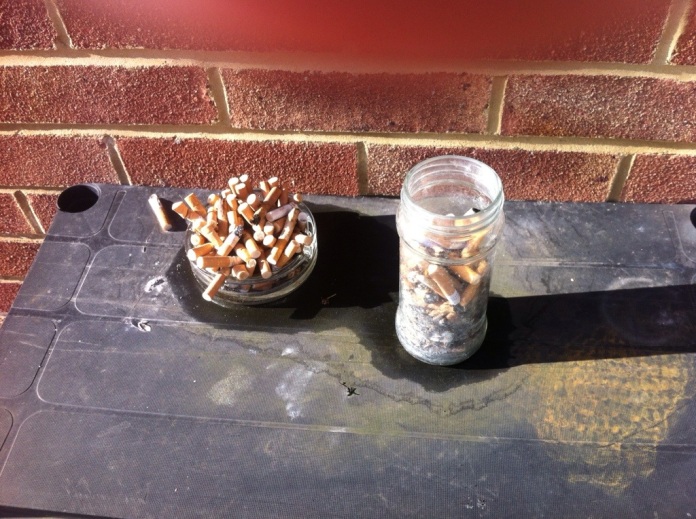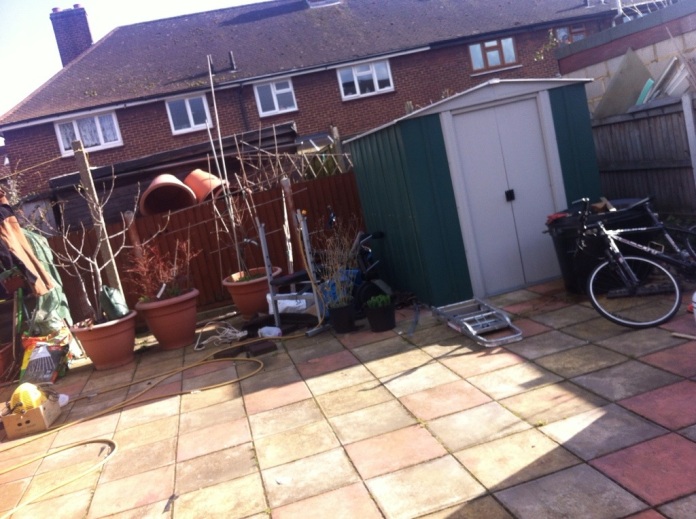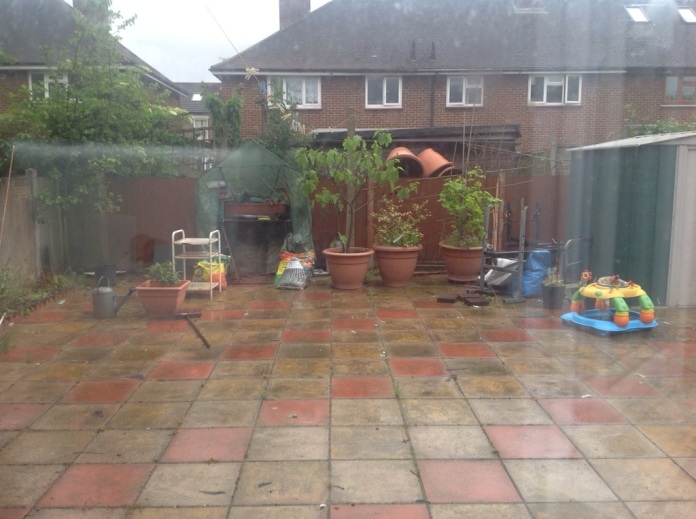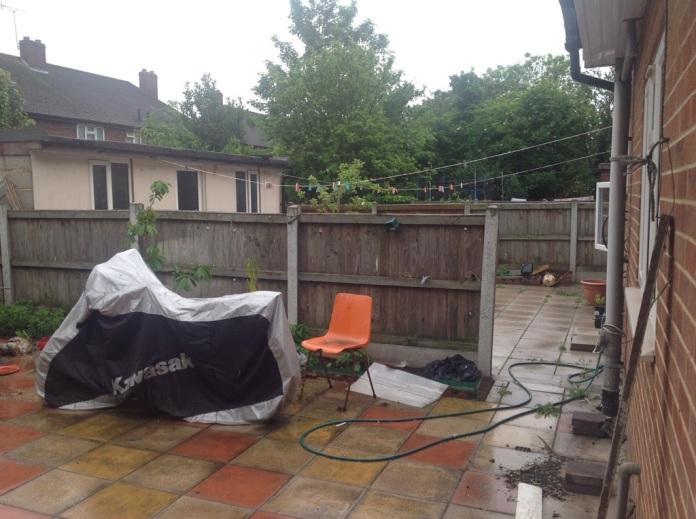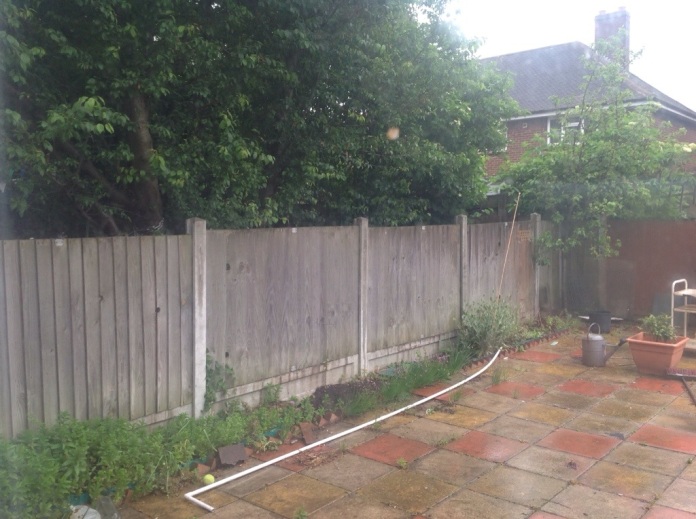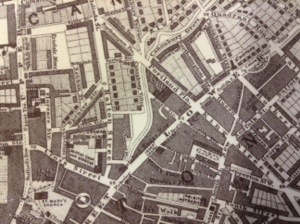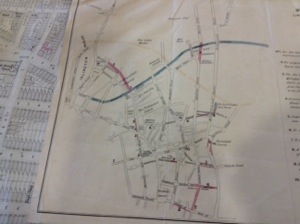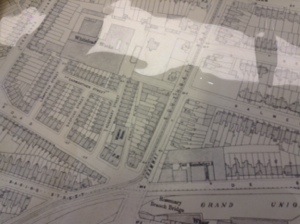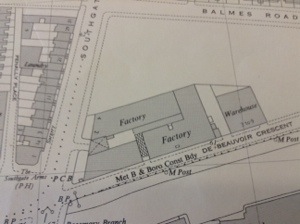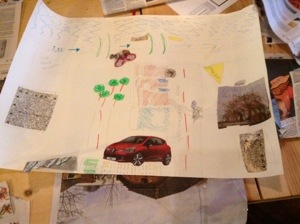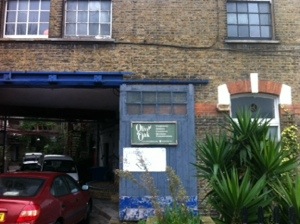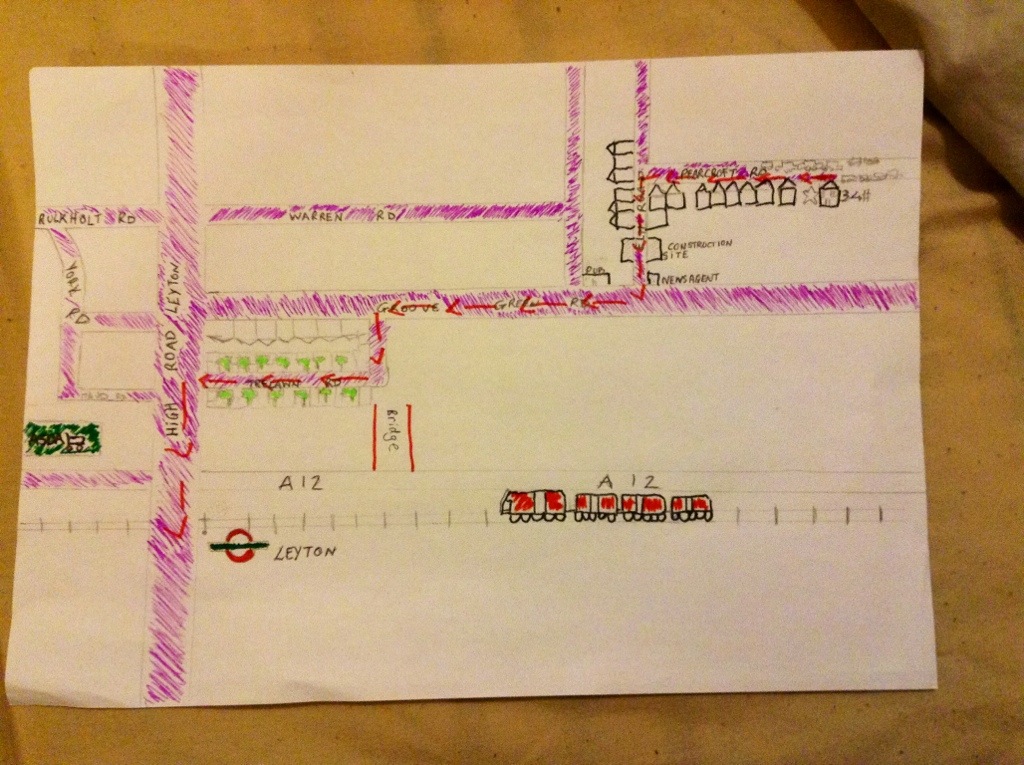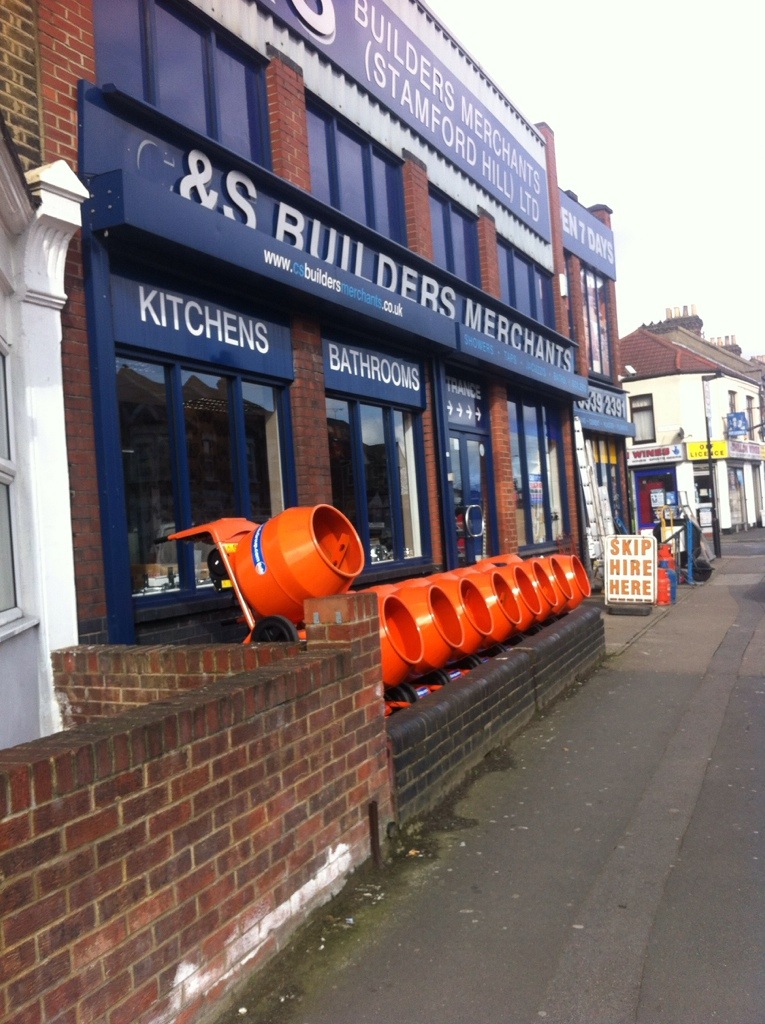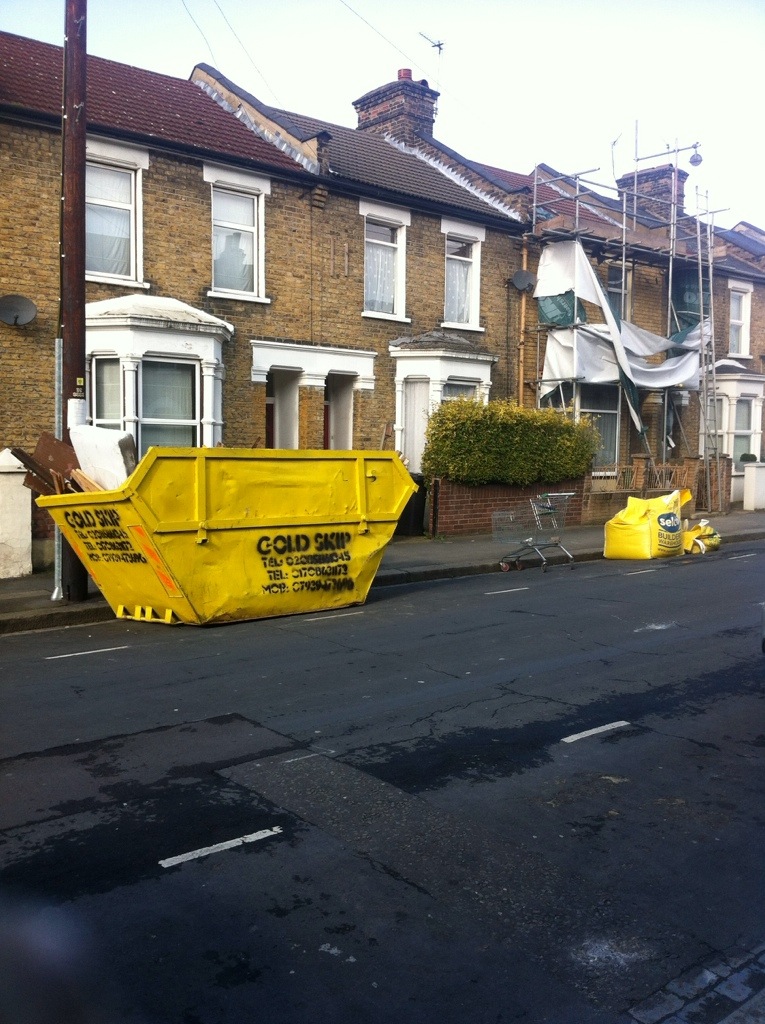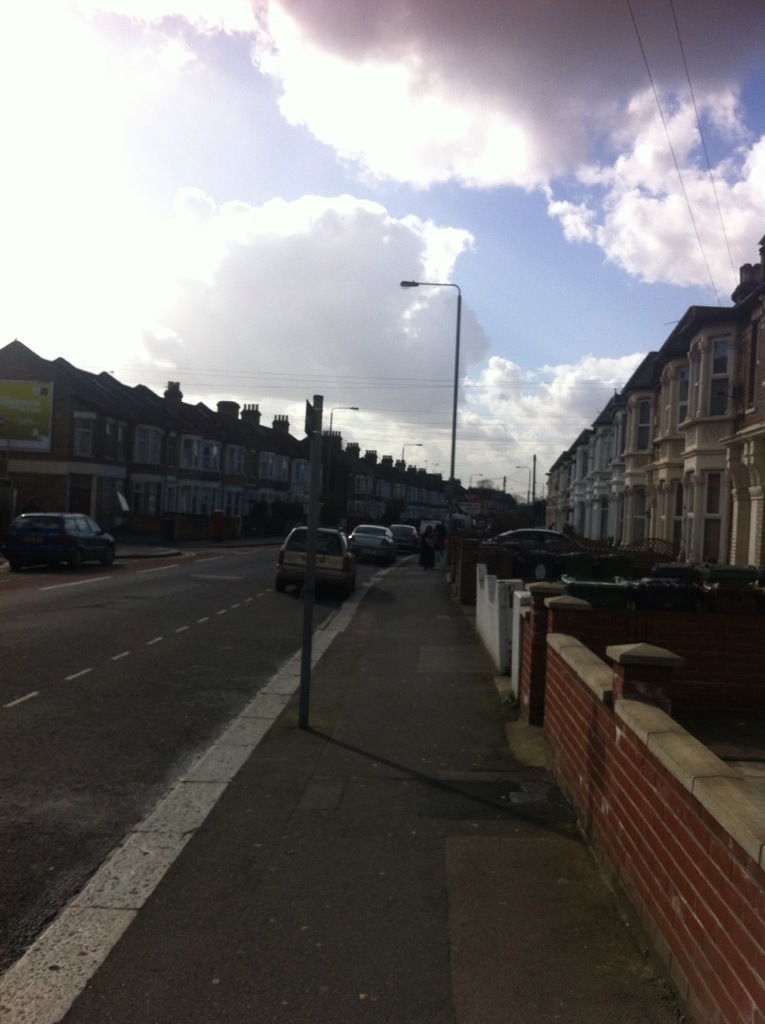This reading highlights some interesting points about exploring urban spaces through artistic practices. In a society an artist can not just freely approach any space they wish and use it artistically. Unfortunately we live in a world where there are laws and what some people’s interpretation of fun activities, cohesion and solidarity, through performance in a community, are disruptions to others. If a group of artists want to come together in a chosen public space and use certain architecture around them, they need to be aware of their boundaries. Public space is used by the public based around the norms and values that are set by a society. So when that space is used for a marching riot, or artists acting in the middle of a road, this situation becomes unfamiliar to what is the norm and could be classed as an obstruction.
It also discussed how we write the city as artist, by doing certain artistic activities. How the people add a new layers of history to the space or city, by engaging with their surrounding in an unfamiliar fashion. Creating a space where accessibility is open to more people, in the way they observe or experience, space, place and objects around new interventions. This becomes a new piece of history to new audiences in how we explore and use our city. We also discover new emotions in how we critically analyse our city, from the ways we set out to behave as people towards out surroundings. How we use the space of a city is never ending because there is so much for us to explore and absorb. Even though there is a lot of space to use, artists have to take into account that, big corporations and people of the law can limit this, if we don’t interact and make them aware of our purpose of the space.
As activists, situationists and artists engaging performance with the urban city, we delve so far into the history that surrounds us, when re-enacted sometimes this process can create critical discourse within it’s community. I believe the art form is a risk but also portrays some interesting blurred political lines, within a society. For example Guy Debord discovered that France was segregated through class and demonstrated this through a map. Revealing that where France had been reconstructed in cities such as Paris, with new buildings the working class people did not suit this new formation. The working class were moved to the outskirts of France and the wealthy people remained within the reformed areas. This type of art form can provoke angry responses from audience members also create conflict within a country or community.
As an artist this when exploring urban spaces or creating my situationist map, I need to be aware of the social and political state around the areas and spaces I choose to research. The main question this reading has highlighted for me is, what message do I want to send out to my audience. Also when I have researched enough in depth what do I is right to portray to my audience, as an artist.
